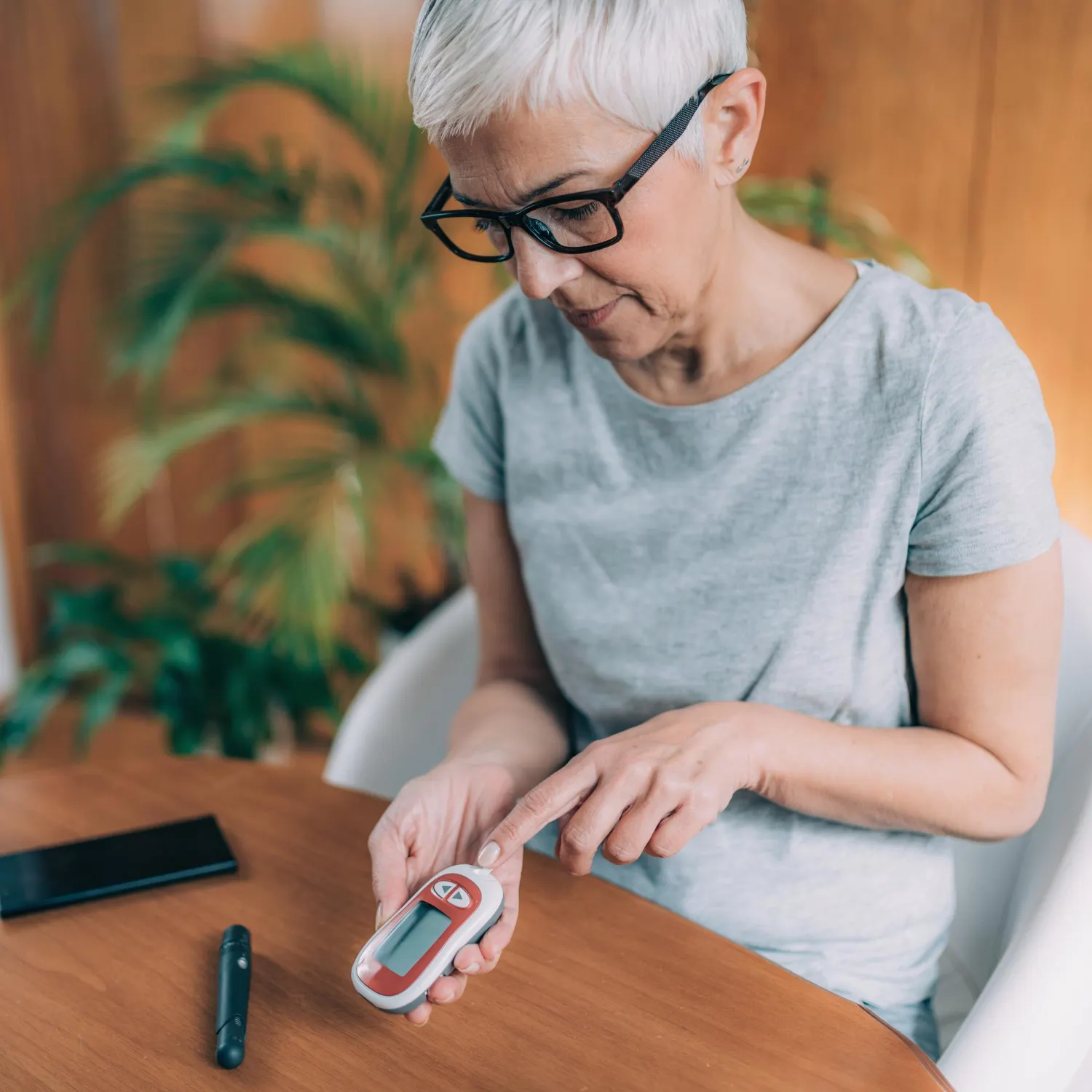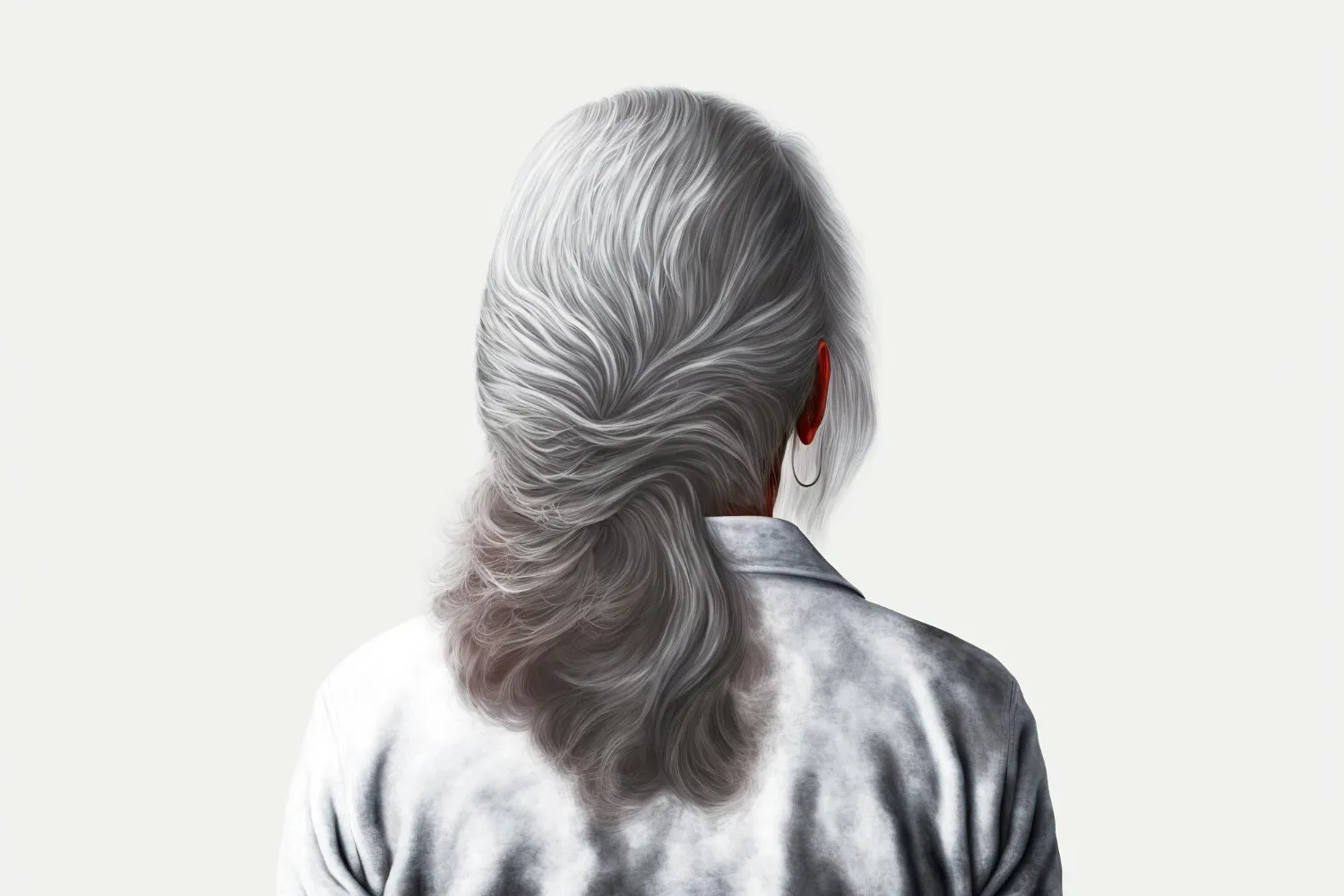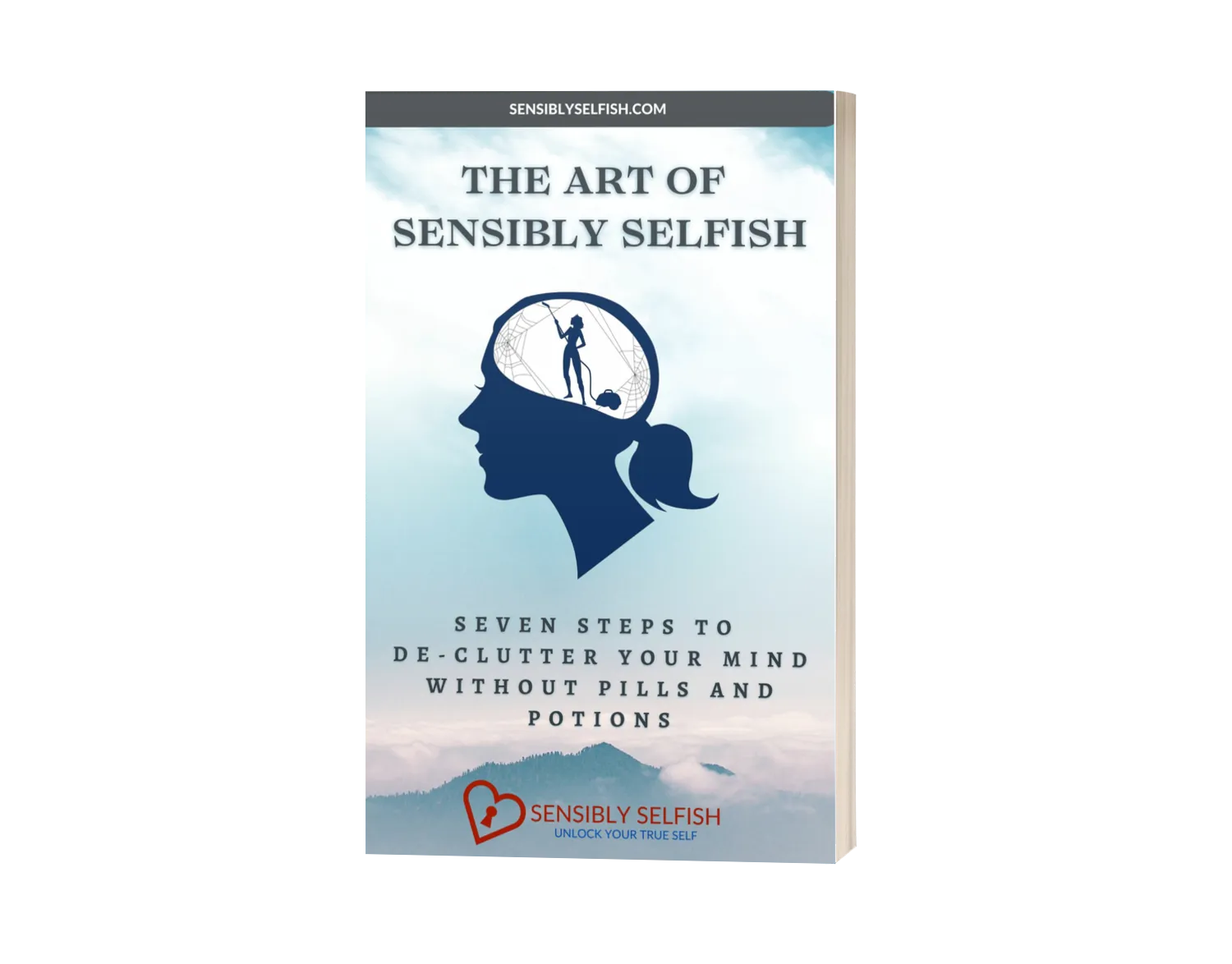Seeing Beyond
Midlife, Diabetes, and Vibrant Eyesight

[Toc]
Do you know about the silent dialogue between diabetes and your eyesight, and how this dance can shape your midlife journey? Have you ever felt the subtle shifts in your vision, like a whispered secret from your eyes? What if these whispers were telling a story about your health? Did you know that beyond managing blood sugar levels, there's a symphony of self-care practices that can be your allies in preserving the clarity of your vision? What tune does your self-care symphony play? If this subject interests you, read on!
Demystifying Diabetes
Before we unravel the intricate connection between diabetes and eyesight, let's demystify the enigma that is diabetes. At its core, diabetes is a chronic condition that occurs when the body cannot produce enough insulin or cannot effectively use the insulin it produces. Insulin is a hormone crucial for regulating blood sugar (glucose) levels, which serve as the body's primary source of energy.
At midlife, our bodies undergo subtle transformations, and for some, this may include a shift in how we metabolize sugar. Diabetes, in its various forms, disrupts this delicate balance, resulting in elevated blood sugar levels that, over time, can impact different organs, including the eyes.

The Eyesight Connection
Now, let's focus our lens on why diabetes and eyesight share a compelling narrative. The eyes, intricate in their design, are not immune to the fluctuations in blood sugar levels that diabetes can bring. Two primary conditions emerge as potential architects of change: diabetic retinopathy and changes in the lens.
Diabetic Retinopathy: This condition arises when the small blood vessels in the retina, the light-sensitive tissue at the back of the eye, are damaged due to prolonged exposure to high blood sugar levels. As these vessels weaken, they may leak or rupture, affecting vision. If left untreated, diabetic retinopathy can lead to severe vision impairment or even blindness.
Changes in the Lens: The lens, positioned at the front of the eye, plays a pivotal role in focusing light onto the retina. Fluctuations in blood sugar levels can cause the lens to swell or shrink, impacting its ability to focus. This can result in blurred or distorted vision, especially for those over 45, where the natural aging of the lens combines with diabetes-related changes.
Understanding this connection allows us to acknowledge the intersection of diabetes and eyesight with greater clarity. It's a call to action — a reminder that managing diabetes isn't just about numbers on a glucose meter; it's about safeguarding the intricate beauty of our vision.

Sarah’s Personal Story
Sarah is a woman navigating the labyrinth of midlife with diabetes in tow. Sarah's mornings begin with a ritual of checking her blood sugar levels, a routine she's learned to embrace. The twist in her story unfolds as she notices subtle changes in her eyesight—once crystal-clear words on a page now dancing like elusive fireflies.
The emotional and practical facets of living with diabetes and Sarah’s frustration of adjusting to a new reality, have meant Sarah has had to find new resilience to adapt. Below are some of the areas Sarah requests you focus on before it is too late.
Says Sarah: “Each small victory below marks my path. Whether is adding that extra glass of water, or turning up for a check-up, they are accepted ways to live. Simple small steps can make all the difference.”
Practical Tips for Maintaining Eye Health
Knowledge is power, especially regarding managing diabetes and preserving eyesight. Here, is a toolkit of practical tips tailored for the women in our community:
Regular Eye Check-ups: Schedule routine eye exams to catch any diabetes-related changes early.
Balanced Nutrition: Explore a diet rich in nutrients that promote eye health, such as leafy greens, fish, and nuts.
Control Blood Sugar Levels: Consistent blood sugar management is the cornerstone of maintaining healthy eyesight.
Stay Hydrated: Water is not just a thirst-quencher; it's a vital component in keeping our eyes lubricated.
Protective Eyewear: Shield those precious eyes from harm. Cover from dust and protect from the sun, yet remember that the eyes love some sun to work effectively.n
Screen Breaks: For those glued to screens, remember the 20-20-20 rule—take a break every 20 minutes and look at something 20 feet away for at least 20 seconds.

Embracing Self-Care
In the kaleidoscope of midlife, self-care emerges as the transformative palette that can alter our experience with diabetes and eyesight challenges. It's not just about medical checklists; it's about nurturing our emotional well-being:
Mindful Practices: Incorporate mindfulness techniques, whether through meditation, deep breathing, or yoga, to manage stress.
Quality Sleep: Prioritize restful sleep, recognizing it as the body's rejuvenating balm.
Expressive Outlets: Engage in activities that allow for emotional expression, be it journaling, art, or connecting with loved ones.
Movement Matters: Embrace exercise as a form of self-love, choosing activities that resonate with your body and spirit.
[CTA]
The Power of Community
Women over 45 are architects of our destiny, but every architect benefits from a supportive community. In the virtual and real spaces we inhabit, who we interact with can have a profound impact on our experiences:
Online Forums and Support Groups: Connect with others facing similar challenges, sharing insights, and drawing strength from collective wisdom.
Local Gatherings: Seek out local events or support groups where you can forge tangible connections with women navigating similar journeys.
Family and Friends: Engage your immediate circle, educating them about your experience and inviting their understanding and support.

Visionaries of Our Own Destiny
As we draw the curtains on this exploration of diabetes, midlife, and the delicate dance with our eyesight, remember that we are the visionaries of our own destiny. Diabetes, with its nuanced impact on our eyes, is not a solo artist but a part of a larger orchestra that plays the melody of our lives.
In sharing the personal journey of Sarah, the practical tips for maintaining eye health, and the significance of self-care and community, we've investigated the labyrinth of midlife with resilience and grace. It's a reminder that every challenge, when met with understanding and proactive measures, can transform into an opportunity for growth.
As women over 45, we stand at the intersection of wisdom and self-discovery. Our vision is not just a physical sense but a metaphor for how we perceive and shape our world. Let's embrace the power of knowledge, community, and self-care as our guiding lights.
Final Thoughts
Share Your Story: We invite you to share your experiences and insights in the comments below. Your story could be the beacon that guides another woman on her journey.
Prioritize Self-Care: Take a moment to reflect on your self-care practices. Are there adjustments or additions that could enhance your well-being?
Connect with Community: Whether online or in your local neighborhood, seek out communities that resonate with your journey. Support and understanding often flourish in shared spaces.
Remember, the journey through midlife is not a solitary path. Together, we can embrace our vitality, nurture our vision, and continue to be the architects of our own remarkable stories.









